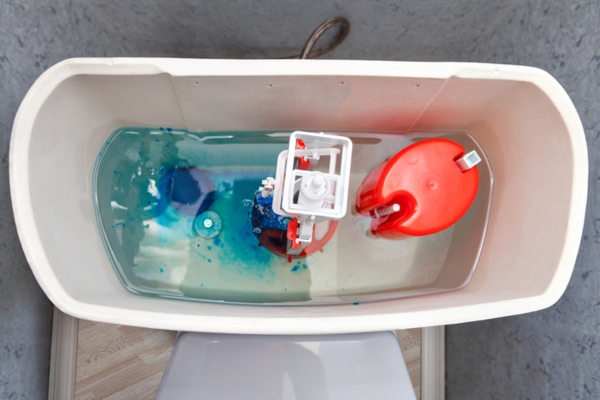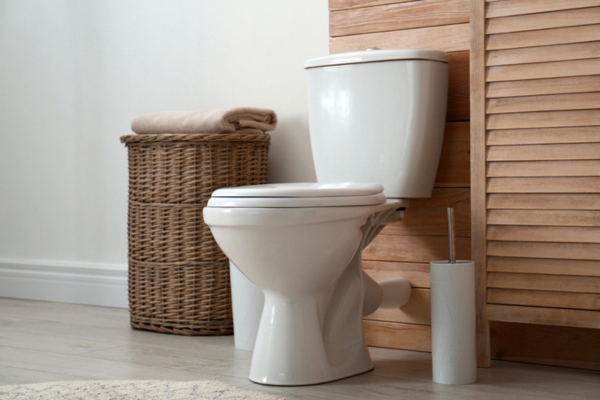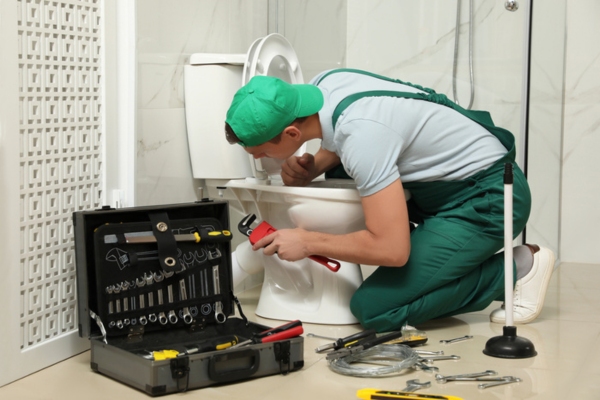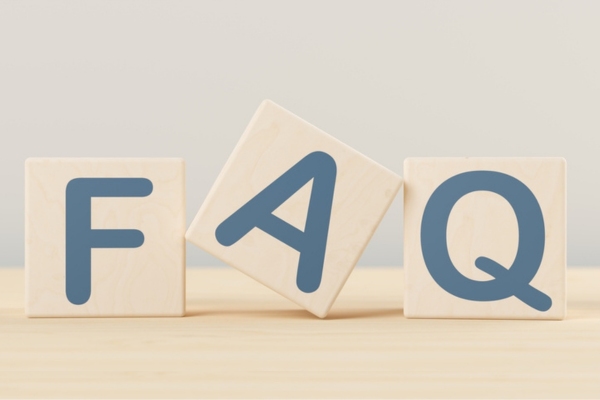Contents
- 1 Understanding How Your Toilet Tank Works
- 2 Understanding the Basic Mechanics of a Toilet
- 3 Improving Toilet Efficiency & Reducing Water Usage
- 4 Frequently Asked Questions About Toilet Tanks
- 4.1 What Are the Materials Used in Toilet Tank Components?
- 4.2 How Can I Prevent Common Toilet Tank Problems?
- 4.3 What Should I Do If My Toilet Continuously Runs?
- 4.4 Can I Replace the Toilet Tank Components On My Own?
- 4.5 What Is the Lifespan of Toilet Tank Components?
- 4.6 What Impact Does Hard Water Have on Toilet Tank Components?
- 5 Conclusion
- 6 Call Noonan Energy For Superior Plumbing Services
Today’s toilets feature a sleek design that belies their complex inner workings. On the outside, they appear straightforward, but the internal mechanisms within the tank are sophisticated and often overlooked—until something goes wrong. When issues arise, a clear grasp of these components is essential.
This article will delve into the various parts of the toilet tank, each with its own role, to clarify how they function together. By exploring this, Noonan Energy provides you with enhanced knowledge of your toilet’s operation.
Understanding How Your Toilet Tank Works
Continue reading to gain vital knowledge every homeowner needs about the workings of toilet tanks.
Elements Inside a Toilet Tank

The toilet tank operates independently of external power sources, relying instead on gravity, buoyancy, and an ingeniously refined design that has evolved over the years. Here’s a quick overview of the internal components and their functions in the flushing and refilling cycle of the toilet:
- Handle: This is the external part you press to initiate a flush.
- Handle Arm: A slender rod inside the tank linking the handle to the chain.
- Chain: This component lifts the flapper, sealing the tank’s base opening.
- Flapper: This is typically a round rubber piece that creates a watertight seal over the flush valve. Lifting it allows water to flow downward by gravity to cleanse the bowl.
- Flush Valve: This maintains an open seal during flushing to ensure an uninterrupted water flow.
- Fill Valve: This valve refills the tank with water once it has been emptied, preparing it for the next flush.
- Refill Tube: A flexible tube that directs water from the fill valve to the overflow tube and back into the tank.
- Float Ball: This sits on the water surface, measuring the tank’s water level. When low, it activates the valve to refill and stops it once the tank is full.
- Overflow Tube: This tube safeguards against overflows by channeling excess water directly into the bowl in case of a malfunction.
Ensure Efficiency.
Trust Noonan Energy for reliable plumbing services. Schedule your free consultation today by calling us now!
The Process of Flushing Waste
Manually flushing waste by pouring water into the toilet bowl is laborious, time-consuming, and challenging for small children, the elderly, and those with disabilities. A toilet tank simplifies this process by holding water directly above the bowl, ready to flush when needed. While the handle is the only visible component, there is a complex mechanism at work behind the scenes. Below, we detail how this entire process comes together:
Understanding the Basic Mechanics of a Toilet

Although a toilet’s design may seem simple, it encompasses a sophisticated system of parts that work seamlessly together to manage waste efficiently.
The Flush Mechanism
Activating the flush handle pulls on a chain or wire attached to the flapper, also known as the flush valve. This movement opens the valve, allowing water to surge from the tank into the bowl. This influx of water sweeps the bowl’s contents through the S-trap—a water-filled barrier that prevents sewer gases from entering the home.
Water Refill Cycle
Once the toilet is flushed and the water level in the tank decreases, a float ball or cup connected to a float arm lowers accordingly. This action activates the fill valve (also known as a ballcock), prompting it to open and permit fresh water to refill both the tank and the bowl. The fill valve continues to allow water in until the float reaches a sufficient height to cut off the flow, ensuring the tank is replenished and prepared for the next flush.
Achieve Reliability.
Choose Noonan Energy for dependable plumbing solutions. Arrange your consultation at no cost today by reaching out!
The Overflow Tube and Its Role
The overflow tube is a critical safety component designed to prevent water from spilling out of the tank if the fill valve malfunctions and does not close properly. If the water level exceeds a certain threshold, it flows into the overflow tube and is redirected safely into the toilet bowl. This prevents any overflow that could cause water damage.
Improving Toilet Efficiency & Reducing Water Usage

Contemporary toilets are increasingly equipped with features aimed at improving water efficiency. One prominent example is the dual flush mechanism, which provides an option for either a full flush for solids or a lighter flush for liquids. Such innovations conserve water and substantially decrease household water consumption. Gaining knowledge about these components and their functionality enables homeowners to maintain their toilets more effectively and make educated choices regarding upgrades or repairs.
Maintain Quality.
Depend on Noonan Energy for top-quality plumbing services. Secure your free consultation today by contacting us!
Frequently Asked Questions About Toilet Tanks

Here are answers to some common questions about toilet tanks to help you understand their function and maintenance better.
What Are the Materials Used in Toilet Tank Components?
Components within a toilet tank are generally constructed from plastic, rubber, and metal. These materials are favored for their robustness and resistance to corrosion, vital properties considering their perpetual exposure to water.
How Can I Prevent Common Toilet Tank Problems?
Consistent maintenance is crucial to avert frequent problems with your toilet tank. This involves inspecting the flapper and chain for any signs of wear, verifying that the fill valve operates correctly, and periodically cleaning the tank to eliminate any mineral deposits.
Guarantee Satisfaction.
Opt for Noonan Energy for professional and affordable plumbing services. Book your complimentary consultation today by getting in touch!
What Should I Do If My Toilet Continuously Runs?
If your toilet keeps running, it typically points to an issue with the flapper or the fill valve. Examine these parts for any deterioration or alignment problems. Replacing the flapper or adjusting the fill valve generally fixes the problem.
Can I Replace the Toilet Tank Components On My Own?
Homeowners with proficient DIY skills can replace many components in the toilet tank, including the flapper, chain, and float ball. Nevertheless, it is recommended that a professional be enlisted for more complex tasks, such as replacing the fill valve.
What Is the Lifespan of Toilet Tank Components?
Under normal usage conditions, most toilet tank components endure for several years. Items like the flapper, however, might require replacement every 3 to 5 years because of wear from constant exposure to water.
What Impact Does Hard Water Have on Toilet Tank Components?
Hard water often results in mineral buildup on toilet tank components, potentially interfering with their operation and causing leaks or inefficiencies. Regular cleaning and the periodic use of water softeners can reduce these effects.
Resolve Issues.
Rely on Noonan Energy for effective plumbing solutions. Schedule your free consultation today by calling our team!
Conclusion
It’s intriguing to consider how simple materials like plastic, rubber, and metal are intricately assembled to ensure the efficient operation of modern toilets. However, the mechanical strain from repeated use can eventually result in wear and tear on these components. Your local trusted plumber is ready to assist if you encounter any issues.
Plumbers are skilled at diagnosing problems, identifying faulty components, and devising a solution to restore functionality quickly. Prompt action is advisable to prevent costly leaks and maintain your toilet’s performance.
Call Noonan Energy For Superior Plumbing Services
Turn to Noonan Energy when you need reliable plumbing assistance throughout Massachusetts and Connecticut. We offer a wide range of services, including drain cleaning, water heater installations, leak repairs, and more. Each service is customized to fit your specific requirements and budget constraints. Take advantage of our same-day emergency plumbing service, designed to swiftly and affordably address your most urgent plumbing needs.
Our exceptional service is well-known throughout the Greater Springfield area. Our professionally certified plumbers guarantee top-quality work and complete satisfaction. Contact Noonan Energy for a free consultation and experience our commitment to excellence. Call now!
Click here to contact us today or give us a call at (800) 343-8829 if you have any questions. Click the link to view our service area.

Related Articles:

